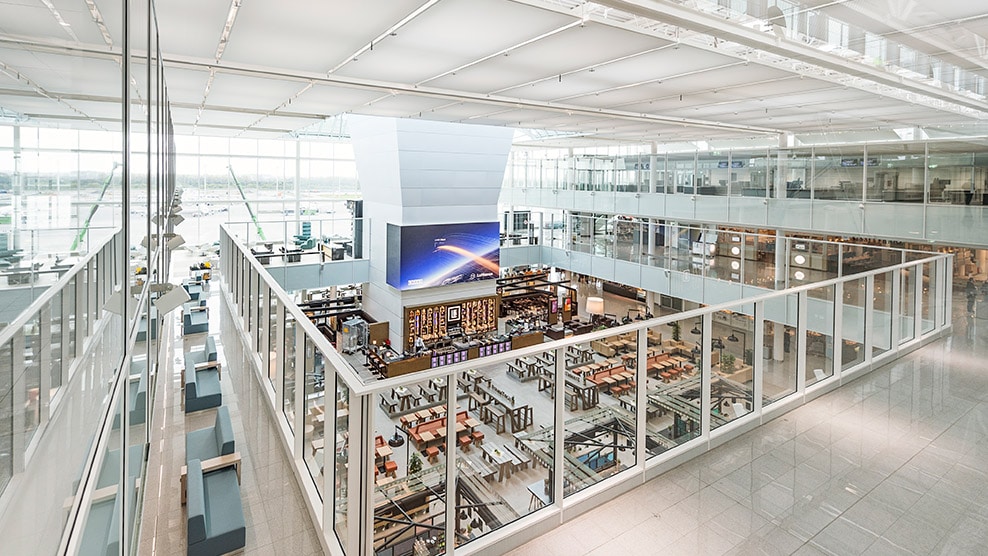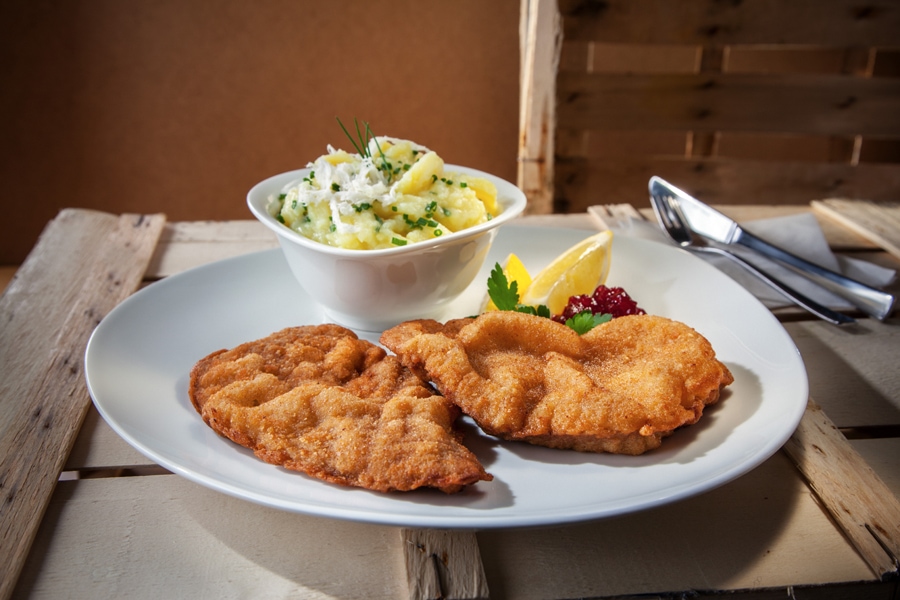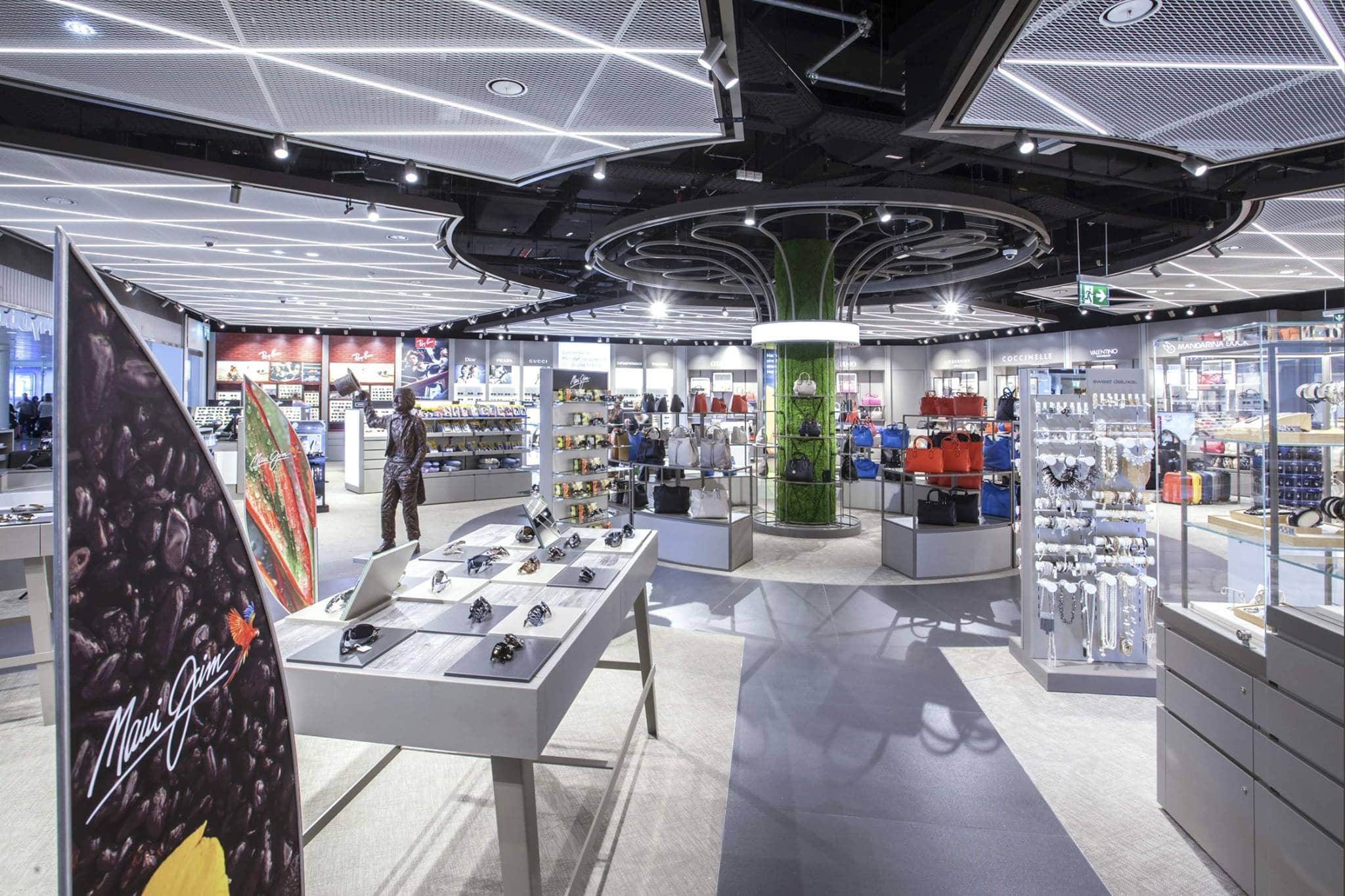Munich’s Midfield Satellite Terminal Offers Travelers a Taste of Bavaria
Share

APEX Insight: By bringing Bavarian culture to the forefront of its new midfield satellite terminal, Munich Airport offers travelers a last chance to savour the region’s culinary and retail offerings – or for those just passing through, an enticing preview and reason to come back.
Munich Airport’s new $1.02 billion midfield satellite terminal opened April 22 this year to fanfare and the tune of a traditional Bavarian brass band. After a three-year planning and construction period, the 125,000-square-meter terminal will increase the capacity of Terminal 2 from 25 million to 36 million passengers per year.
A 60/40 joint venture between Munich Airport and Lufthansa airline, the first midfield terminal in Germany brings a taste of Bavarian culture to passengers pre-departure. “Bavarian traditions and hospitality, Munich’s unique lifestyle and the blending of nature with state-of-the-art technology – these were the guiding principles behind the architectural design of the dining and shopping area,” says Rainer Beeck, senior vice-president of Commercial Activities at Munich Airport.
The white and airy architecture creates a sense of openness while placing emphasis on airport features, such as the air traffic control tower that serves as a centralizing pillar in the heart of the marketplace. Double-façade windows allow travelers to watch the busy apron and help to bring natural light and outdoor landscape into the terminal’s atmosphere. On a clear day, visitors can enjoy a view of the distant Alps while sipping on bubbly at the Bubbles Seafood & Wine Bar.

For something more casual, a 7,000-square-meter central market square offers travelers a traditional Bavarian dining experience. Kitty-corner to the marketplace is top-rated Bavarian chef Alfons Schuhbeck’s airport outpost, Schuhbeck’s. The foliage-filled restaurant is decorated with hanging herb-filled mason jars and illuminated by a life-like LED-display of a living wall. Munich’s Hans im Glück brings in gourmet burgers, while the Lenbachs tower bar boasts décor inspired by Bavarian painter Franz von Lenbach.
The Bavarian atmosphere extends to the concepts at work in the duty-free shops. “The duty-free shops are built like a little town, with streets and lamp posts,” says Munich Airport’s retail director, Bettina Weigen, who oversaw commercial activities in the terminal. The idea behind bringing in elements of a city – it even replicates mini-squares – was to make it special and different from standard airport shops. “When you walk through this one it’s emotional, like walking through the cities,” Weigen adds. The stores also include statues of famous Germans such as Karl Valentin, Helmut Fischer or Helmut Dietl.
The terminal focuses less on retail, but there are still 16 shops where visitors can find popular German brands such as Stieff, Picard and Cedon, along with a strong focus on Italian fashion. “Munich is sometimes called ‘the most Northern town in Italy,’ since it’s only two hours away from the Italian border,” explains Corinna Born, director of International Media Relations for Munich Airport. Apparently the Italian brands are also popular among Asian travelers, a demographic of which the airport has seen a steady influx.

“Munich tries to be more than an airport. We really want it to be like a little town,” Born says. Whether for travelers departing from a Bavarian-themed holiday, or those who may be passing by, the terminal is bound to leave an imprint of the region’s culture in one’s mind.


